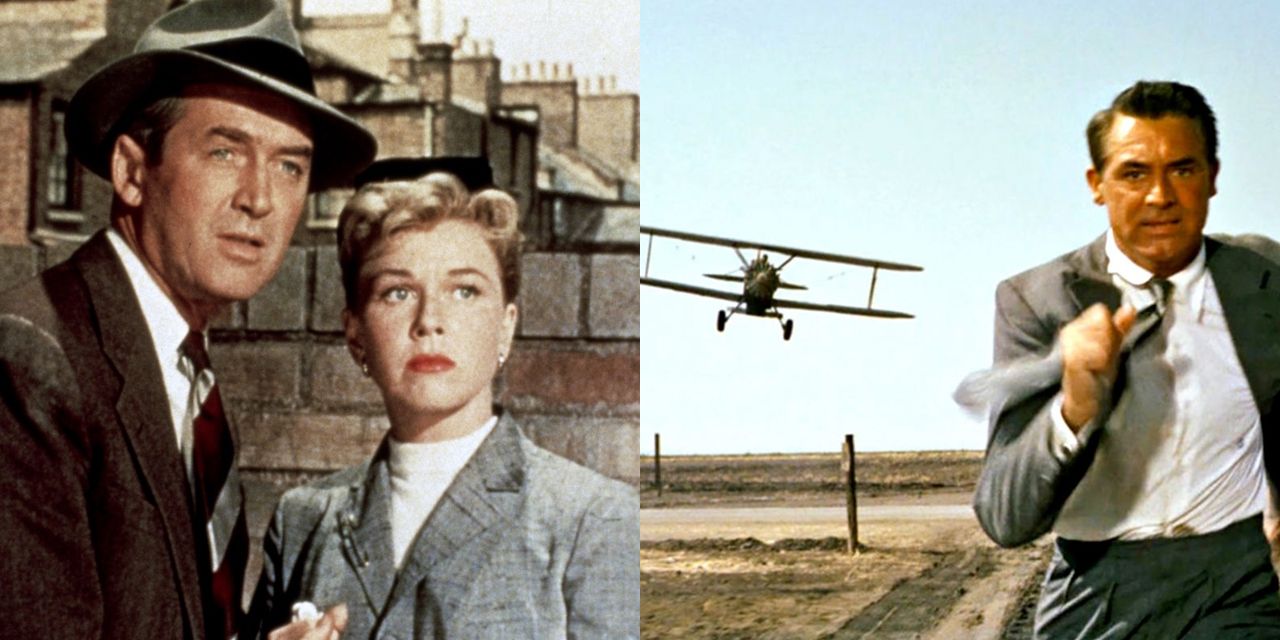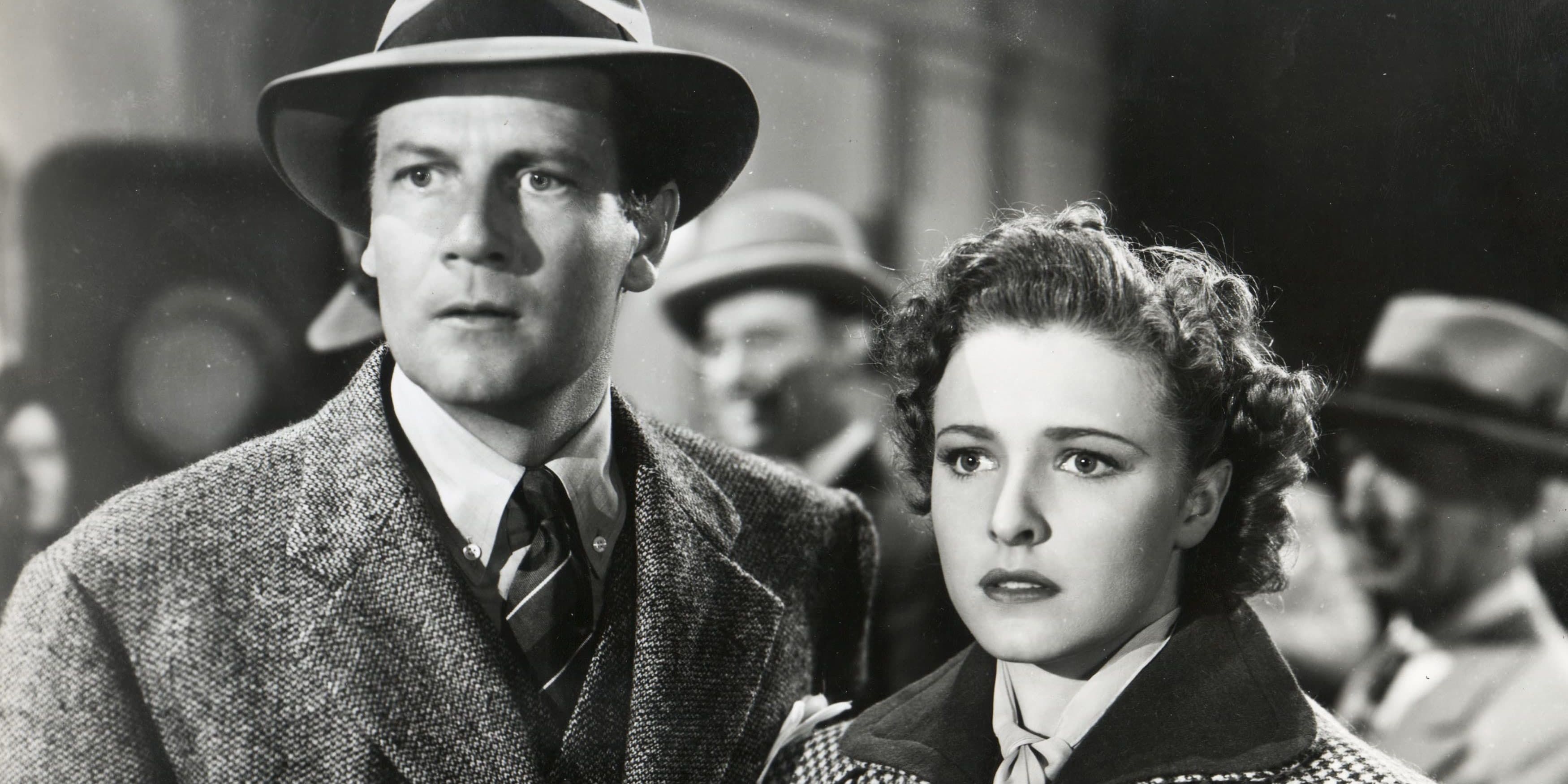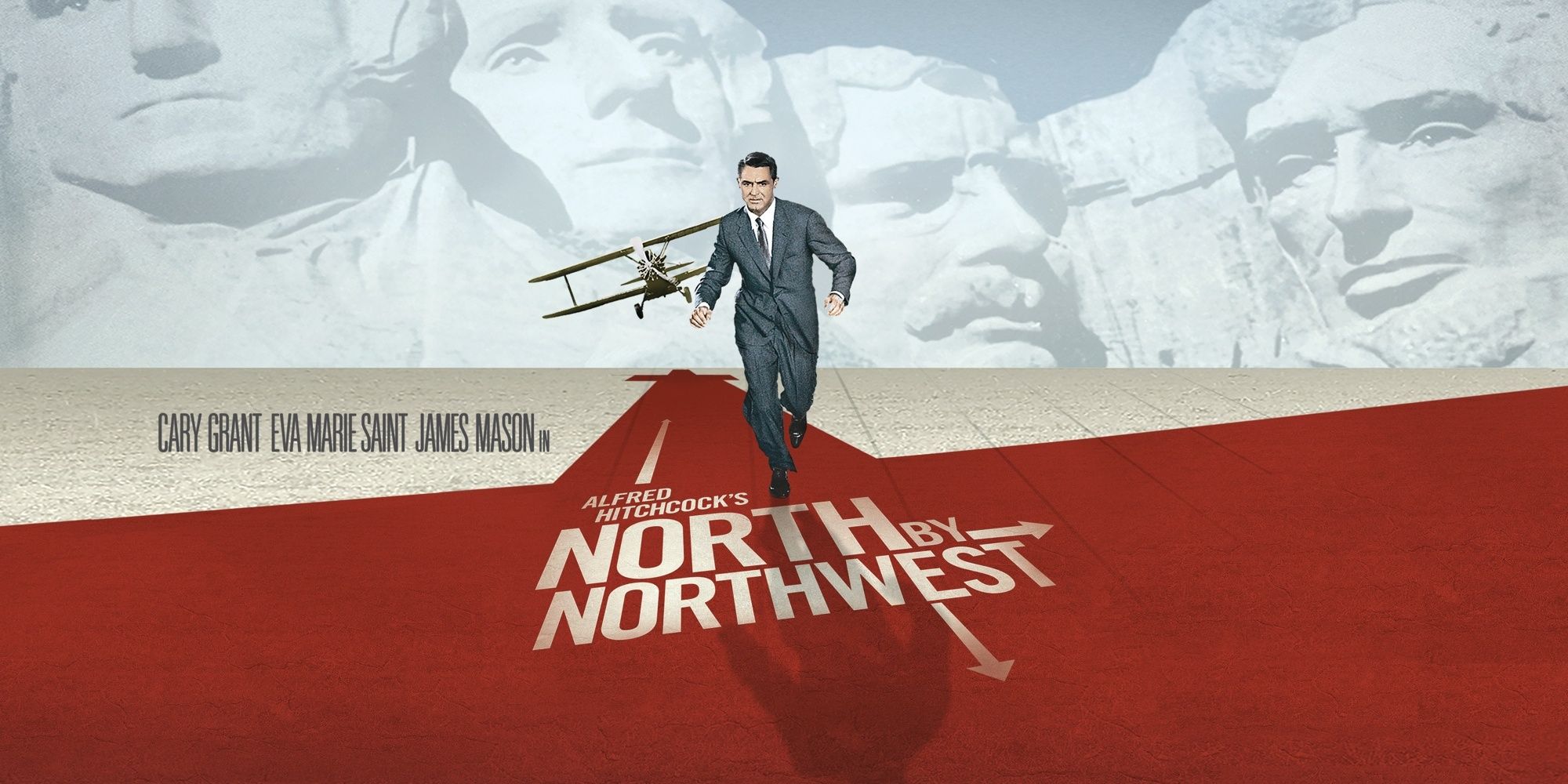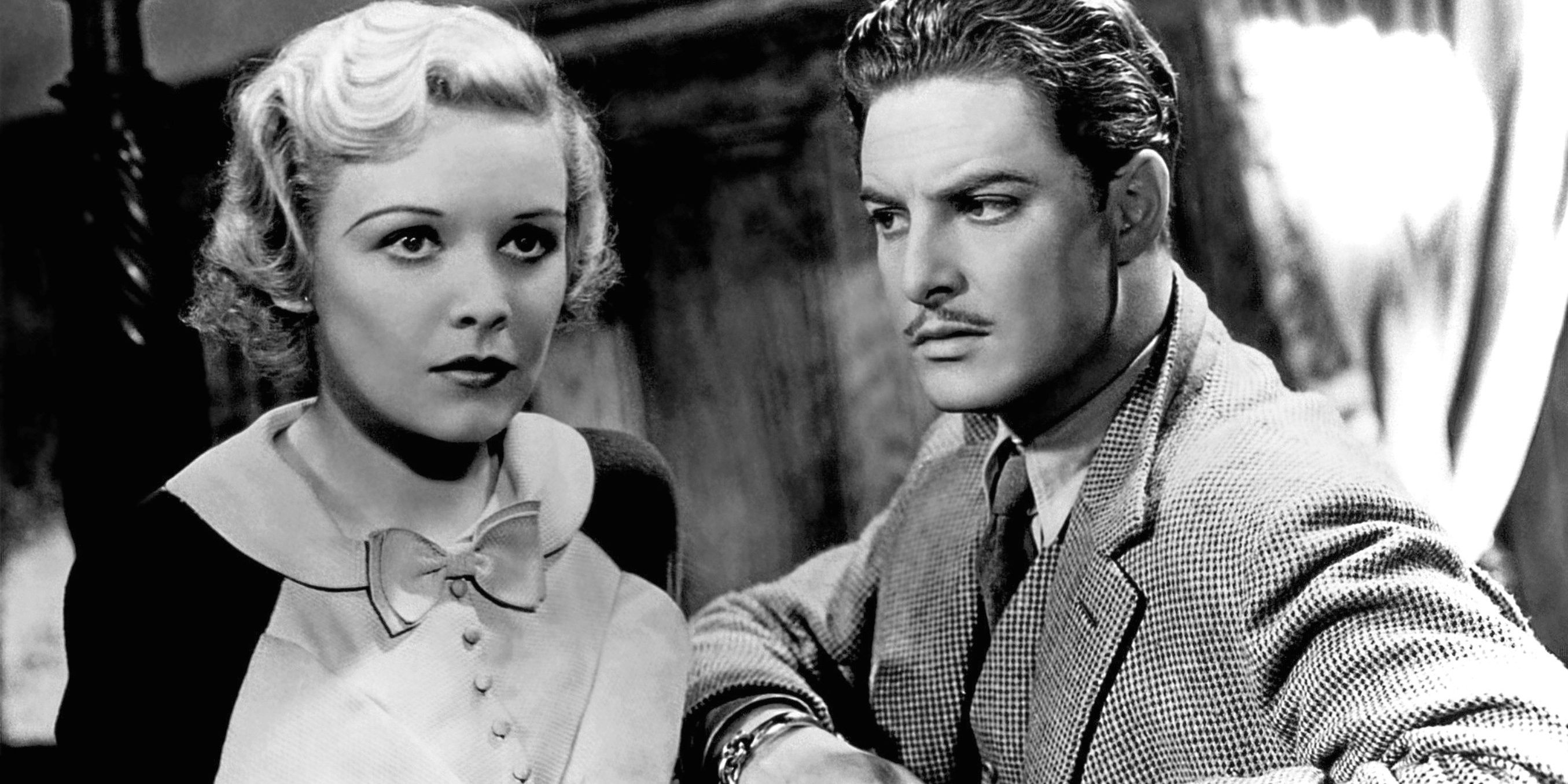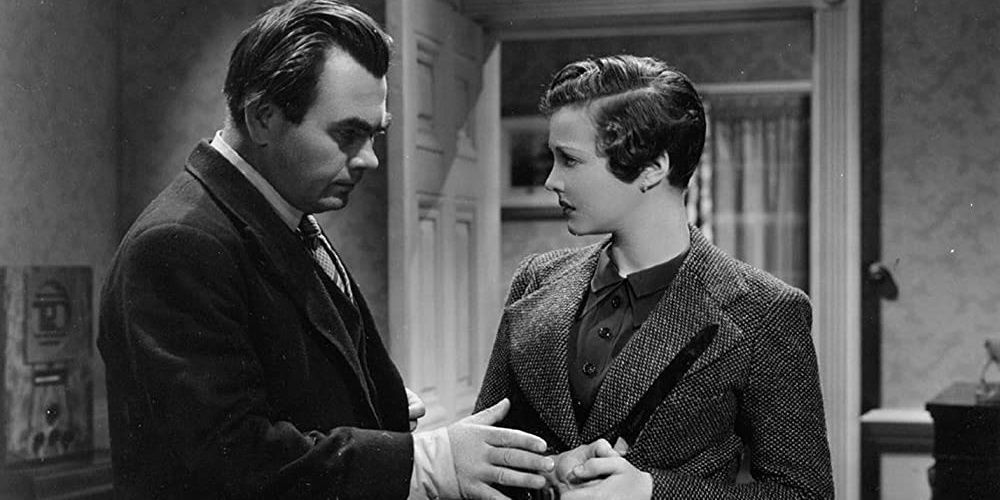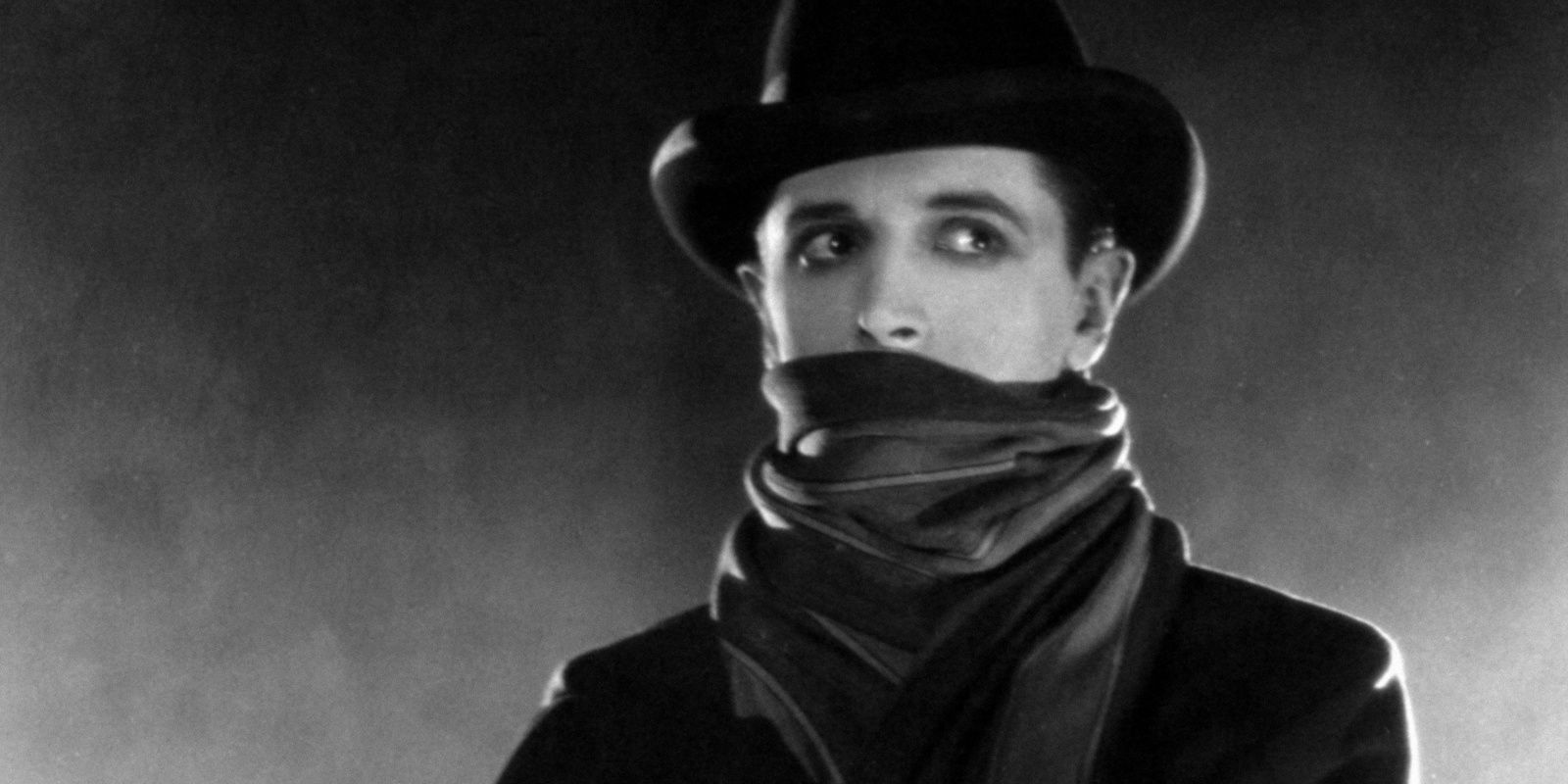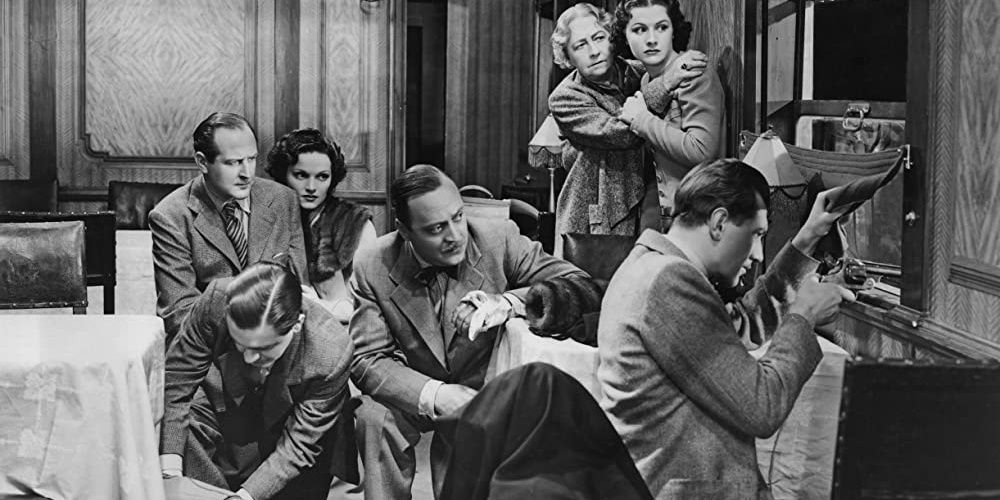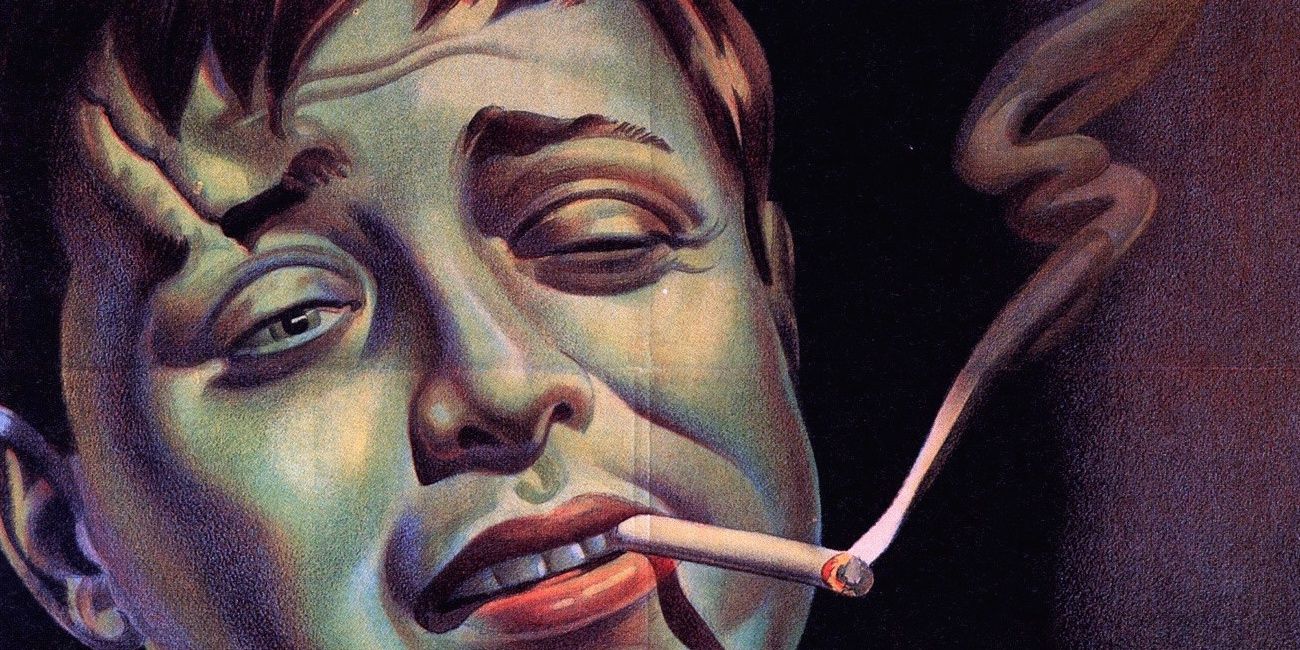There really isn't a way to decide on who is the greatest director of all time as people's opinions are bound to differ, but it can be confidently said that, Alfred Hitchcock is one of the greatest. Technically speaking, nearly all directors from that point in time did substantially influential work and shaped the art of filmmaking with their hands. But Hitchcock was a pioneer among pioneers. Some of his most popular films come in the form of suspenseful thrillers like Psycho, but towards the early years of his career, he made a fair number of James Bond-style spy movies as well.
Hitchcock's movies are spread all over the place on various streaming services, and many of them can't be streamed at all, but HBO Max hosts seven of them currently.
Foreign Correspondent (1940)
Hitchcock's first two American films were both released in 1940, one being Foreign Correspondent and the other Rebecca, and both were nominated for Best Picture Oscars, the latter winning.
Set on the brink of WWII, Foreign Correspondent revolves around a news reporter John Jones who is sent by the newspaper company he works for to Europe to do some ordinary journalism. With the help of some newfound allies, he tries to expose a ring of villains while working as a foreign correspondent, which is a term in the field of journalism.
North By Northwest (1959)
Cat and mouse chases are a staple of the action-thriller genre, and boasting a 99% rating on Rotten Tomatoes, North by Northwest was one of the first films to popularize this particular format of storytelling. "Kinetic Typography" is an animation technique that features moving text, which is wholly commonplace nowadays, but this film is deemed to be the first to make it mainstream, showing just one of the many ways in which Hitchcock was influential.
It tells the story of Roger Thornhill, a regular working man who is kidnapped by foreign agents in a case of misunderstanding and gets unwillingly involved in a plot concerning British government secrets.
The 39 Steps (1935)
When thinking of fictional spy agents, Richard Hannay's is probably not the one that first comes to mind, as he is certainly not as popular as the likes of James Bond or Ethan Hunt. But what he is is the protagonist of a total of 5 novels written by John Buchan, the first of which inspired Alfred Hitchcock's The 39 Steps.
"39 Steps" in the context of the books comes from an actual real-life location, while in the 1935 film it is the name of a secret organization of spies that lies at the center of this mystery-filled plot.
Sabotage (1936)
Sabotage walks the same line as many other films on this list, a story built on themes of espionage and secret agents and everything that is commonly associated with these themes. Karl Verloc is a man who owns a cinema theatre in London that he operates with his wife. Unbeknownst to his loved ones he is actually part of a terrorist group with plans to attack London.
It was loosely based on the novel The Secret Agent by author Joseph Conrad, and a Hitchcock film of the same name was also released in that same year.
The Lodger (1927)
The Lodger is one of Hitchcock's earliest projects, his third film to be exact, and so old that they still hadn't figured out how to put sound into movies yet, although the first sound film ever came out later in that year.
It was based on the novel of the same name from author Marie Belloc Lowndes, which in turn is based on the famed case of Jack the Ripper from the late 1800s. The Ripper himself isn't in the film but is replaced by another serial killer that goes by the name of "The Avenger" who exclusively preys on young blonde women.
The Lady Vanishes (1938)
One of Hitchcock's last British films before he moved to Hollywood, The Lady Vanishes is a classic locked-room mystery, taking place inside a train stuck midway to its destination due to an avalanche. It is based on a classic urban legend.
Iris Henderson is an English tourist returning home, one of the many passengers on the train. She gets acquainted with an elderly woman Miss Froy, who soon disappears without a trace. prompting Iris to search for her. To make matters more puzzling, the rest of the passengers deny having seen Miss Froy ever at all.
The Man Who Knew Too Much (1934)
Interestingly, there are two films with the title The Man Who Knew Too Much, both directed by Alfred Hitchcock, the former being a British thriller and the latter American. Both films follow a similarly structured narrative but are fundamentally different.
The first one, released in 1934, tells the story of a family of three visiting Switzerland to take part in a shooting contest. When an acquaintance is assassinated, their whole world is shaken as they get involved with international criminals and a family member is kidnapped, all the while the authorities refuse to provide any assistance.

